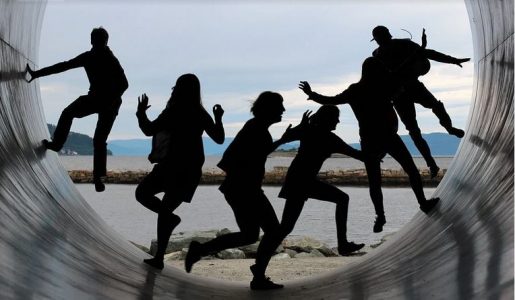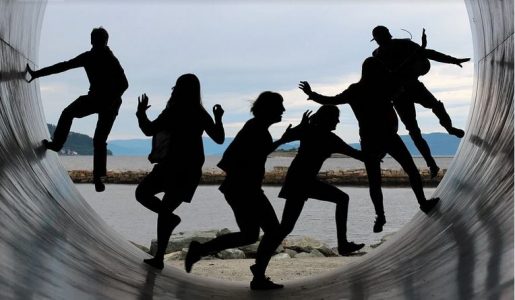Editor’s note: This is the third post in a three-part series on friendship. See the first post and second post.
Close, loving male friendships (“blood brothers”) were common among hunter-gatherers and early civilizations. More than 50 hunter-gatherer and recently pastoral societies have documented “blood brotherhood” traditions, like the Azande of the upper Nile in Central Africa, the Akan of Nzema in southwestern Ghana, and the Chaga of Mount Kilimanjaro, Mount Meru, and the Moshi area of Tanzania.
Yet blood brotherhoods are not common in current Western cultures. Is it possible that strong, loving friendships are less important today?
Documents dating back 5,000 years suggest a pattern of warrior-attendant male friendships throughout early pre-literate civilizations. Such passionate friendships are reflected in the Greek legend of Achilles and Patroclus and the story of early Israelites, David and Jonathon, the son of King Saul. Female friendships may have been common, but women in the past rarely had the opportunity to write about themselves, and male writers gave little thought to women’s personal relationships.
The nature of same-gender friendships began to change in the 5th century. Historian James Neill describes how Christian zealots throughout the Roman Empire derided close friendships as pagan because men should love God, not people). Christian leaders proclaimed that same-gender love was against God and the cause of society’s misfortunes: earthquakes, famine, plague, and invasions by foreigners. Anyone engaging in same-gender love deserved death to spare the community from God’s wrath.
By the early 20th century, German activists had invented a term for someone with same-gender sexual attraction: “homosexual.” Historian Rictor Norton notes that physicians pathologized the homosexual, permanently staining same-gender friendships. People who experienced affection for same-gender friends were accused of (and punished for) abnormal, criminal sexual attraction.
Health professionals, clergy, law enforcement and social conservatives warned the public to avoid same-gender loving people or risk becoming like them.

More than 100 years later, people with lesbian, gay, bisexual, and related identities have achieved some hard-won social acceptance, but stigma remains. Same-gender friends must deal with their own internalized homophobia and negative reactions from others.
While many young men on social media “play” with sexual affection for each other to flaunt social convention and gain subscribers, the same affectionate display on their hometown streets might well get them beat up. Being perceived as gay is still dangerous.
Despite homophobia, people still form same-gender friendships. Sociologists have described modern men’s friendships as centered around shared activities and less intimate than women’s friendships. Women report greater self-disclosure among friends than do men.
Friendship remains a frequent theme today in popular music, books, plays, movies, and beloved television series like Friends, Living Single, Will & Grace, and A Different World. Although same-gender friendships are prevalent, they appear far less intense and affectionate today than in historical cultures.
Cultural variation might explain some differences. However, if close friendship evolved within ancient same-gender environments to provide survival and reproductive advantages, we should see gender differences linked to friendship consistent with reproductive success patterns.
Recently, investigators in Switzerland, Australia and the United States analyzed results from a study of 22,108 participants and found expected gender differences. While men and women did not differ in cooperation on average, men reported far greater variability in cooperation than women – exactly what we should see if close male friendship advantaged competition for mates among early humans and if most women had babies. That is, variability in close friendships may explain in part variable reproductive success among men.
The long history of close male friendships across cultures (and probably close female friendships) suggests an underlying biological cause. While friendships today appear less passionate than in the past, most of us live in mixed-gender environments, and reproductive pressures differ significantly from the ancient African savannah.
History demonstrates that men (and likely women) have a capacity for intense, loving lifelong same-gender friendships.
Humans are built to experience a range of social relationships because those relationships advantaged our ancestors. The ultimate cause of an evolutionary trait is increased survival and reproductive success, and the proximate reason for forming close loving friendships is because they make us feel good and add meaning to our lives.
Today, worry about being perceived as gay can often limit same-gender friendships, especially among men. But knowing the function and history of same-gender friendship may help us appreciate our dear friends and perhaps worry less about loving and sexual affection toward them.
-By Michael R. Kauth, Ph.D., professor, Menninger Department of Psychiatry and Behavioral Sciences at Baylor College of Medicine








